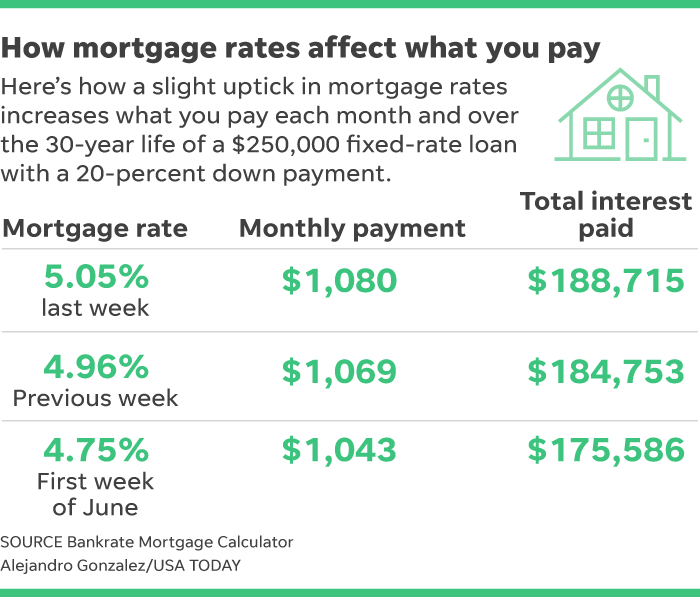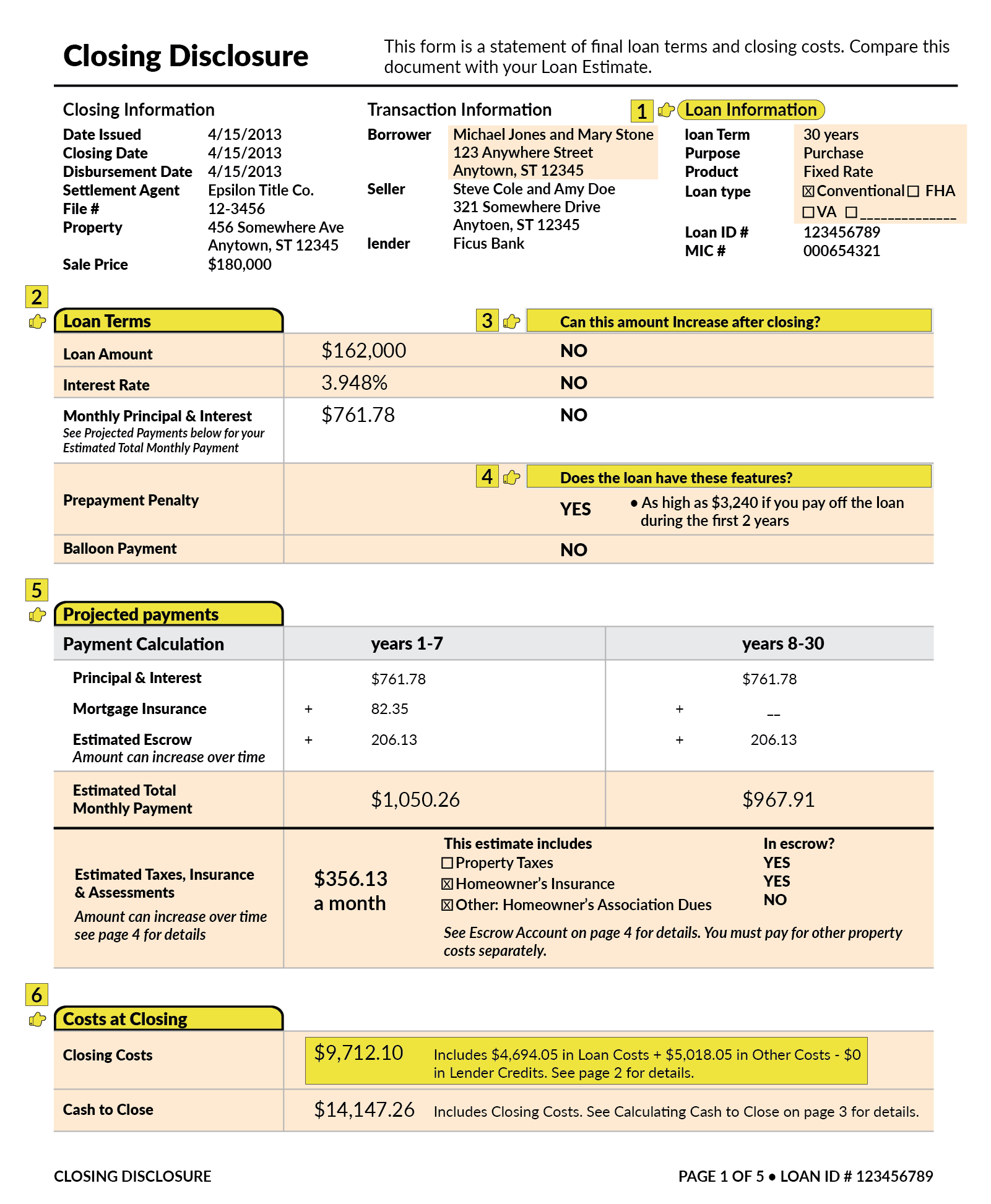Table of ContentsHow Do Home Mortgages Work Things To Know Before You BuyThe smart Trick of Why Are Reverse Mortgages Bad That Nobody is Talking AboutThe Greatest Guide To Why Are Mortgages SoldThe smart Trick of When Did 30 Year Mortgages Start That Nobody is DiscussingRumored Buzz on How Many Mortgages Can You Have At Once
A home loan is most likely to be the biggest, longest-term loan you'll ever get, to purchase the most significant possession you'll ever own your house. The more you comprehend about how a home mortgage works, the much better decision will be to pick the home loan that's right for you. In this guide, we will cover: A home loan is a loan from a bank or loan provider to help you fund the purchase of a house.
The house is used as "collateral." That indicates if you break the promise to pay back at the terms established on your home mortgage note, the bank deserves to foreclose on your property. Your loan does not end up being a home loan till it is connected as a lien to your home, suggesting your ownership of the home becomes subject to you paying your new loan on time at the terms you concurred to.
The promissory note, or "note" as it is more frequently labeled, describes how you will repay the loan, with information consisting of the: Rates of interest Loan quantity Regard to the loan (thirty years or 15 years are common examples) When the loan is considered late What the principal and interest payment is.
The home mortgage basically gives the loan provider the right to take ownership of the residential or commercial property and offer it if you do not pay at the terms you concurred to on the note. Many mortgages are contracts in between 2 celebrations you and the lender. In some states, a third person, called a trustee, may be contributed to your mortgage through a document called a deed of trust.
Some Known Facts About What Is A Min Number For Mortgages.
PITI is an acronym loan providers use to describe the different components that comprise your monthly home loan payment. It stands for Principal, Interest, Taxes and Insurance. In the early years of your mortgage, interest makes up a greater part of your general payment, but as time goes on, you start paying more principal than interest up until the loan is paid off.
This schedule will show you how your loan balance drops over time, as well as just how much principal you're paying versus interest. Homebuyers have numerous choices when it concerns picking a home loan, but these options tend to fall into the following 3 headings. One of your first choices is whether you desire a repaired- or adjustable-rate loan.
In a fixed-rate mortgage, the interest rate is set when you secure the loan and will not alter over the life of the home loan. Fixed-rate home mortgages provide stability in your mortgage payments. In an adjustable-rate home mortgage, the rate of interest you pay is connected to an index and a margin.
The index is a procedure of global rates of interest. The most typically used are the one-year-constant-maturity Treasury securities, the Cost of Funds Index (COFI), and the London Interbank Deal Rate (LIBOR). These indexes make up the variable element of your ARM, and can increase or reduce depending on factors such as how the economy is doing, and whether the Federal Reserve is increasing or decreasing rates.

What Are Adjustable Rate Mortgages - Truths
After your preliminary fixed rate duration ends, the lending institution will take the existing index and the margin to determine your new rate of interest. The quantity will change based upon the adjustment period you chose with your adjustable rate. with a 5/1 ARM, for example, the 5 represents the variety of years your preliminary rate is repaired and will not change, while the 1 represents how frequently your rate can adjust after the set duration is over so every year after the 5th year, your rate can alter based upon what the index rate is plus the margin.
That can indicate significantly lower payments in the early years of your loan. However, bear in mind that your scenario could alter before the rate change. If rate of interest rise, the worth of your home falls or your financial condition changes, you may not have the ability to sell the house, and you may have trouble paying based upon a greater rates of interest.
While the 30-year loan is typically picked because it provides the most affordable regular monthly payment, there are terms varying from ten years to even 40 years. Rates on 30-year home loans are higher than much shorter term loans like 15-year loans. Over the life of a much shorter term loan like a 15-year or 10-year loan, you'll pay considerably less interest.
You'll likewise require to decide whether you want a government-backed or conventional loan. These loans are guaranteed by the federal government. FHA loans are facilitated by the Department of Real Estate and Urban Advancement (HUD). They're created to assist novice property buyers and individuals with low earnings or little cost savings manage a house.
All about When Did Reverse Mortgages Start
The disadvantage of FHA loans is that they need an in advance mortgage insurance coverage cost and monthly mortgage insurance coverage payments for all purchasers, despite your down payment. And, unlike standard loans, the home mortgage insurance can not be canceled, unless you made at least a 10% down payment when you secured the initial FHA mortgage.
HUD has a searchable database where you can find lending institutions in your location that use FHA loans. The U.S. Department of Veterans Affairs offers a mortgage program for military service members and their households. The advantage of VA loans is that they may not require a down payment or mortgage insurance coverage.
The United States Department of Farming (USDA) provides a loan program for property buyers in rural areas who satisfy certain income requirements. Their home eligibility map can offer you a general concept of certified places. USDA loans do not need a deposit or ongoing home mortgage insurance coverage, but borrowers must pay an upfront charge, which presently stands at 1% of the purchase rate; that charge can be financed with the mortgage.

A conventional mortgage is a house loan that isn't ensured or guaranteed by the federal government and complies with the loan limits stated by Fannie Mae and Freddie Mac. For debtors with higher credit report and steady income, traditional loans often result in the most affordable regular monthly payments. Typically, standard loans have actually needed larger deposits than a lot of federally backed loans, but the Fannie Mae HomeReady and Freddie Mac HomePossible loan programs now offer customers a 3% down alternative which is lower than the 3.5% minimum required by FHA loans.
The Definitive Guide to How Often Are Mortgages Compounded
Fannie Mae and Freddie Mac are federal government sponsored business (GSEs) that purchase and offer mortgage-backed securities. Conforming loans meet GSE underwriting standards and fall within their maximum loan limitations. For a single-family home, the loan limit is presently $484,350 for the majority of houses in the contiguous states, the District of Columbia and Puerto Rico, and $726,525 for houses in higher expense areas, like Alaska, Hawaii and several U - which type of credit is usually used for cars.S.
You can search for your county's limits here. Jumbo loans may likewise be described as nonconforming loans. Basically, jumbo loans go beyond the loan limits developed by Fannie Mae and Freddie Mac. Due to their size, jumbo loans represent a higher danger for the loan provider, so debtors must usually have strong credit report and make bigger down payments.